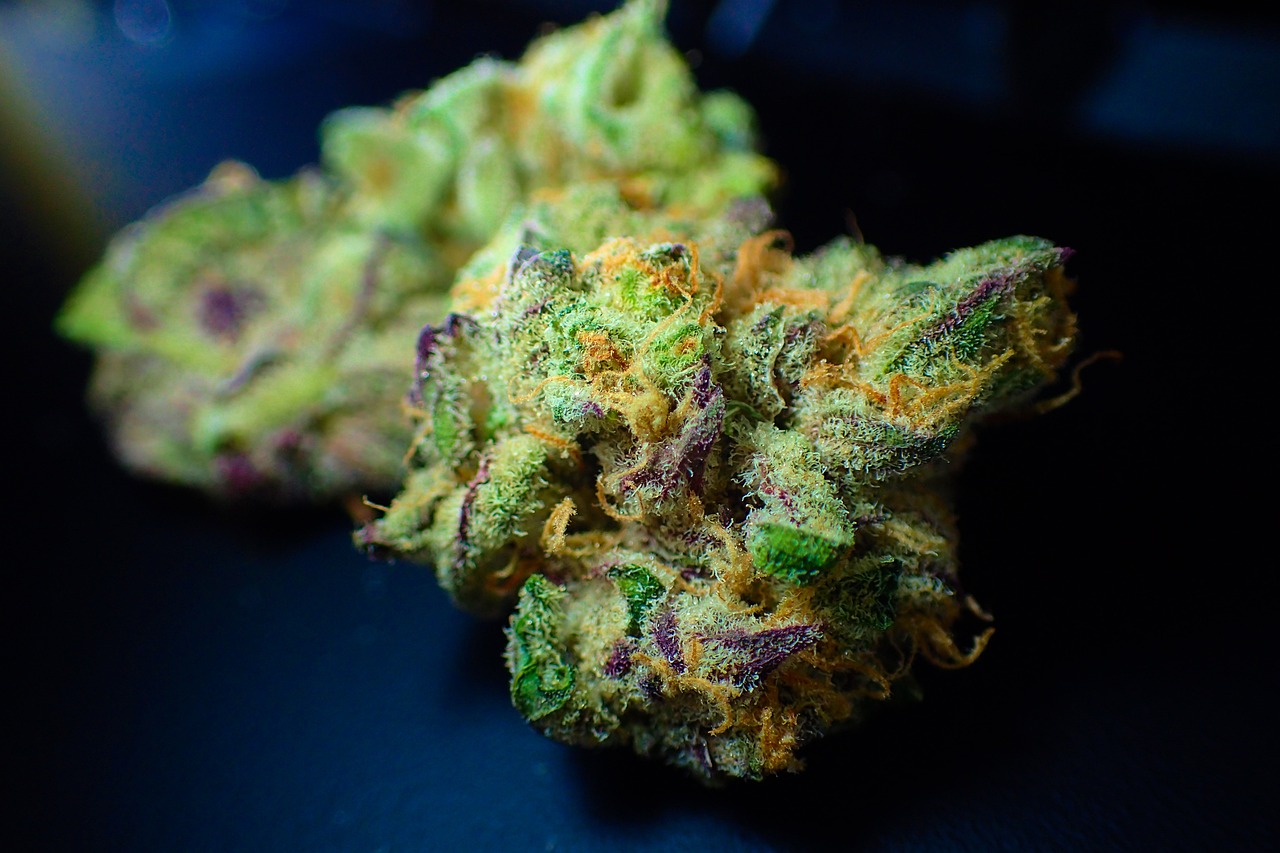Your Guide to Hawaiian Haze THCa Flower Strain Profile and Benefits
Your Guide to Hawaiian Haze THCa Flower Strain Profile and Benefits
The world of cannabis is vast and diverse, with each strain offering unique characteristics and benefits. Among these, the Hawaiian Haze THCa Flower uses stands out for its distinct profile and potential advantages. This article explores the Hawaiian Haze strain, its properties, and the benefits it may offer to users.
Understanding Hawaiian Haze THCa Flower
Hawaiian Haze is a sativa-dominant hybrid known for its tropical aroma and uplifting effects. It is a cross between Hawaiian and Haze strains, resulting in a flower that is both potent and flavorful. The THCa (tetrahydrocannabinolic acid) version of this strain is particularly noteworthy, as it offers the benefits of cannabis without the psychoactive effects typically associated with THC.
Characteristics of Hawaiian Haze
- Aroma: The strain is celebrated for its fruity and floral scent, reminiscent of a tropical paradise.
- Flavor: Users often describe the taste as a blend of pineapple, citrus, and earthy undertones.
- Appearance: The buds are typically light green with orange hairs and a generous coating of trichomes.
THCa vs. THC
THCa is the acidic precursor to THC, the compound responsible for the psychoactive effects of cannabis. When heated, THCa Flower converts to THC, but in its raw form, it does not produce a high. This makes THCa-rich strains like Hawaiian Haze appealing to those seeking therapeutic benefits without intoxication.
Potential Benefits of Hawaiian Haze THCa Flower
Hawaiian Haze THCa flower is gaining attention for its potential health benefits. While research is ongoing, several studies and anecdotal reports suggest that THCa may offer various advantages.
Anti-Inflammatory Properties
Inflammation is a common underlying factor in many chronic conditions. Preliminary research indicates that THCa may possess anti-inflammatory properties, which could be beneficial for individuals with arthritis, inflammatory bowel disease, and other inflammatory disorders.
Neuroprotective Effects
Some studies suggest that THCa may have neuroprotective qualities, potentially aiding in the prevention of neurodegenerative diseases such as Alzheimer’s and Parkinson’s. These findings are promising, though more research is needed to fully understand the implications.
Anti-Nausea and Appetite Stimulation
THCa has been reported to help with nausea and appetite stimulation, making it a potential option for individuals undergoing treatments like chemotherapy. This aligns with the traditional use of cannabis for managing these symptoms.
Case Studies and User Experiences
Many users of Hawaiian Haze THCa flower report positive experiences, particularly in terms of mood enhancement and stress relief. While individual results can vary, these anecdotal accounts contribute to the growing interest in this strain.
How to Use Hawaiian Haze THCa Flower
There are several ways to incorporate Hawaiian Haze THCa flower into your routine. Here are some popular methods:
- Raw Consumption: Consuming the flower raw in smoothies or salads preserves the THCa content.
- Juicing: Juicing the raw flower is another way to enjoy the benefits of THCa without decarboxylation.
- Tinctures and Oils: These can be made from the flower and used sublingually or added to food and drinks.
Legal Considerations
The legal status of THCa products varies by region. It’s important to research local laws and regulations before purchasing or using Hawaiian Haze THCa flower. In some areas, THCa is considered legal due to its non-psychoactive nature, while in others, it may be subject to the same restrictions as THC.
Conclusion
Hawaiian Haze THCa flower offers a unique profile and potential benefits that appeal to a wide range of users. From its tropical aroma to its possible therapeutic effects, this strain is worth exploring for those interested in cannabis without the high. As research continues, the understanding of THCa and its applications will likely expand, offering new insights into its role in health and wellness.

